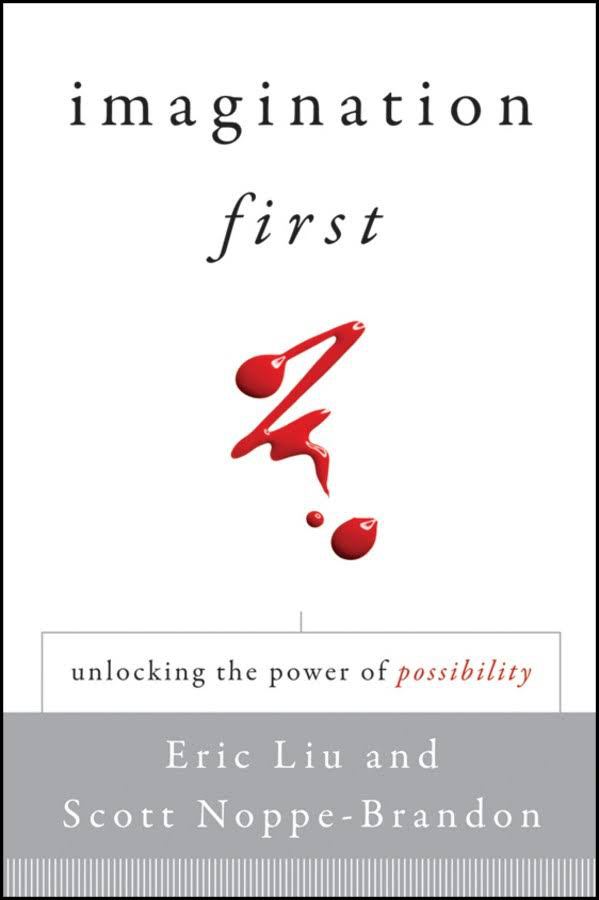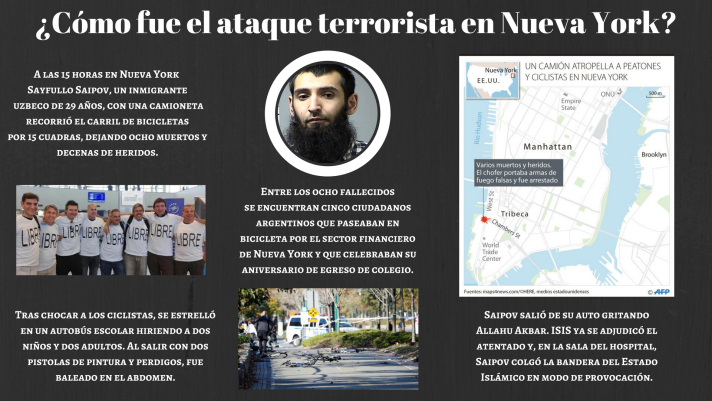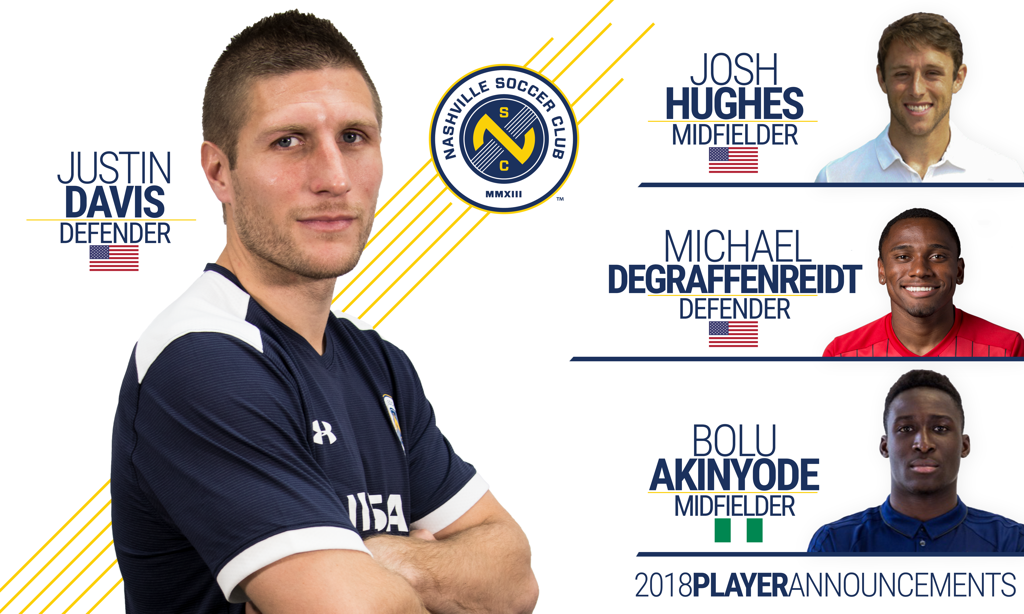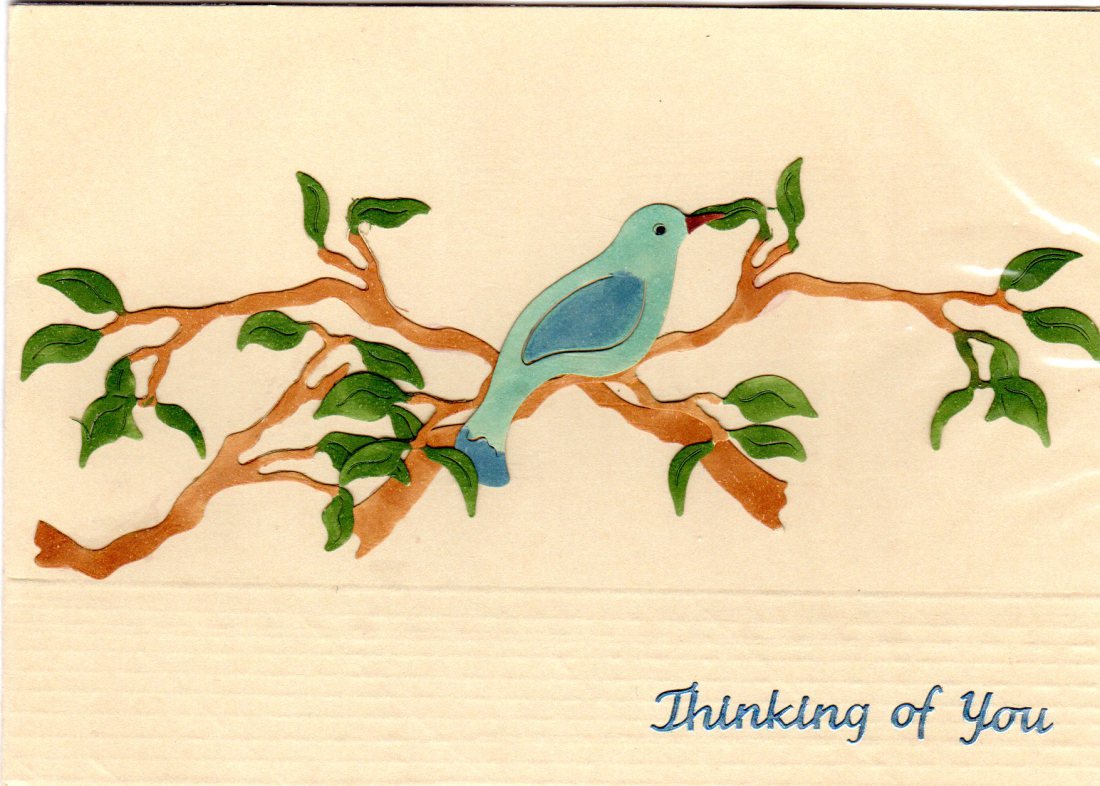
In Eric Liu’s Imagination First, he talks of practices that is related to imagination and manifestation. The second practice, which is conquering fear is essential I believe. We know of fear, we hear of fear, and we read empowering quotes about fear. Yet, how often do we grapple fear? Realizing one’s fear is actually not as easy as said or presumed. Fears are hidden, and manifest in different forms. Fears are not easily depicted sometimes. We act one the emotion of fear more than any other emotion. Fear is powerful. I’ve been fearing to create a project, for example, because I fear that I don’t know what I’m doing. The fear of not knowing how to do something can really stop an individual from attempts of creation. The presumption that all that’s been created, and produced, came out of expertise, experience and knowing adds on to the fear. I can imagine anything, but I can’t imagine myself being stuck. If I was stuck, it was due to fear. Liu says that fear kills imagination. It’s horrifying to know that this has been the case with me for so long! I have a wild imagination. It took me sometime to listen to it, and be aware of my fears. I’m not sure I’m completely aware of all my fears. I do know that I have stopped myself from pursuing a creative project for years now due to my fear. But like Liu suggested, grappling some of those fears is the first step to everything. If imagination is an emotion as he described, does it clash with fear? Another emotion? Yes, I believe it does. Sometimes fear is confused with the inner voice too. I trust my inner voice, but I don’t trust my fears. I’m loud, awkward and impulsive, and that can caused intimidated reactions around me. Fear was born because I was intimidated for being intimidating. Liu mentions basic fears such as fear of mockery or fear of loss of face. I was bullied during middle-school, so I can relate to that. It took sometime for me to be able to sing too. I feared that people won’t think that I have a singing voice, but that is one fear I conquered. And perhaps like the example given in the book, maybe I can trump my fear of success with something stronger, and that is by having a sense of purpose.
Another practice that appealed to me in the book about imagination, is the practice of renewing a narrative. We renew a narrative when a story fails to manifest. I create narratives in my head all the time, and I’m sure people do too. The book advises us not to be imprisoned in the narratives we need, and that’s eye opening. We have to be extra careful on the myths we adopt. This could hinder our true desires, and the things we imagine and try to create. Stepping into the threshold of self-awareness, as mentioned, is one step of rethinking and re-imagining the narratives we created. I can’t imagine myself being stuck in the same pattern or situation. It is my constant need for stimulation that aids my imagination, and assists me in reinventing my life. I have personally reinvented my life. Moved thousands of miles from my homeland, on my own, to start a new life or journey. My alternative was death. As alarming as this might sound, I believe that being stuck in a depressive and oppressive situation is the same as death. Using Carol Dweck’s term in the book, I’m not a fixed “entity” in society, nor I can bear my existence living to be one. Negative outcomes, and failed trials are hard to bear too. Gaining courage through renewing a narrative or creating an alternative one a solution that really resonated with me. It’s not just one way of dealing with failure, it’s a way to create new possibilities. Adopting a myth with limitations can project unto our journey, thus leaving us stuck in a narrative that’s unreal, and doesn’t serve our imagination nor purpose.
Advertisements Related





